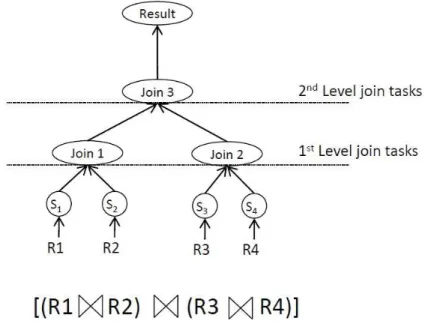Fault Tolerant Resource Allocation for Query Processing in Grid Environments
Texte intégral
Figure



Documents relatifs
The lower bound is proved by examining the decision tree of the deterministic query scheme and exhibiting an input for which the number of queries asked is high.. More precisely,
Research Challenge: How should academics and system designers model and optimise search performance based on information needs and not a single query.. Method
Upon VIHCO, we present the algorithms of parallel and se- quential processing, and explore the answers through exper- iments both on synthetic and real dataset, and the results
EN_BM25_Phrases(6)_title: phrases, IPC, title, cutoff = 6 terms In Table 2, the results of the post runs are provided.. Therefore, we might summarize that longer phrases tend
Our main result is that the query complexity of finding a subgroup hidden in G is of order r(G) for any Abelian group G, where r(G) denotes the rank of G, that is, the
of queries is shown Fig. The speedup factor of the two strategies is illustrated in Fig. Not surprisingly, we find that the speedup factor is more significant when there
In particular if a norm is computable in polynomial time then its set of relevant points has Hausdorff dimension 0 (Theorem 3.4 ), almost every point has a polynomial
4) The LD Model: The query workload for each dataset consisted of queries marked large in Table II. Each query was run multiple times using Algorithm 2. As more cores were used